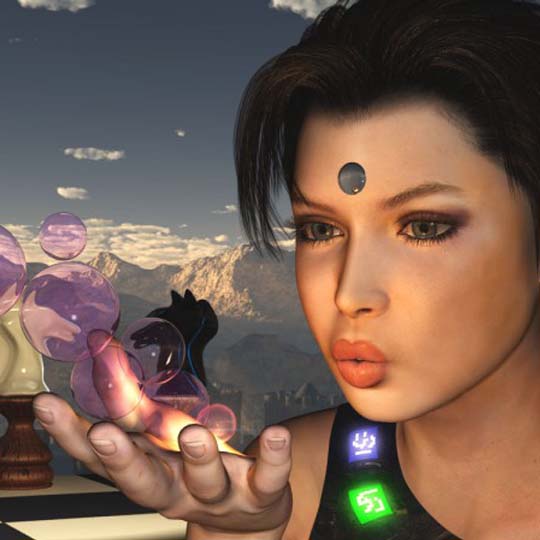Computer Graphics
Computers have been core part of efficient and economical image generation and manipulation. Advancement in computer technology has made the graphics processing faster and economical.
Today, the scope of term computer graphics is not limited to what kind of scene can be displayed or what kind of images we can generate with help of computer. In broad mean, computer graphics has covered almost each and every field, like education, animation, entertainment, film industry, fine arts, gaming, engineering, training, advertisement, medicine, statistical representation and many more.
Computer graphics is a process of generating, manipulating, storing and displaying images. Computer graphics has made things more easy and interesting. Person is more interested to study monthly or annual statistics in form of graphs, tables and charts, instead of plain boring text.
Based on user interaction and user control, computer graphics can be classified in main two categories :
- Passive Computer Graphics: It is also known as offline computer graphics or non interactive computer graphics. In passive computer graphics, the user has no control over the displayed scene. It means user can't make any change in scene shown on the screen. Content of static web site, logo displayed on television channel are the examples of passive computer graphics. This type of graphics provides only one way communication. The graphic does not do anything special when the user tries to interact with it.
- Active Computer Graphics: It is also known as on line computer graphics or interactive computer graphics. It is dynamic in nature and provides two way communication. Displays are controlled by input devices like mouse, key board etc. The graphics responds to what the user does to it. It may change the color of area clicked by user or it may do some processing on selected data etc. Game playing is kind of interactive computer graphics.


Academic Year - 2018:19
Course Detail
Syllabus for Internal Examination
- Basic of Computer Graphics: Basic of Computer Graphics, Applications of computer graphics, Display devices, Random and Raster scan systems, Graphics input devices, Graphics software and standards
- Graphics Primitives: Points, lines, circles and ellipses as primitives, scan conversion algorithms for primitives, Fill area primitives including scan-line polygon filling, inside-outside test, boundary and flood-fill, character generation, line attributes, area-fill attributes, character attributers
- 2D transformation: Transformations (translation, rotation, scaling), matrix representation, homogeneous coordinates, composite transformations, reflection and shearing.
- Viewing: viewing pipeline and coordinates system, window-to-viewport transformation, clipping including point clipping, line clipping (cohen-sutherland, liang- bersky, NLN), polygon clipping
Web Resources